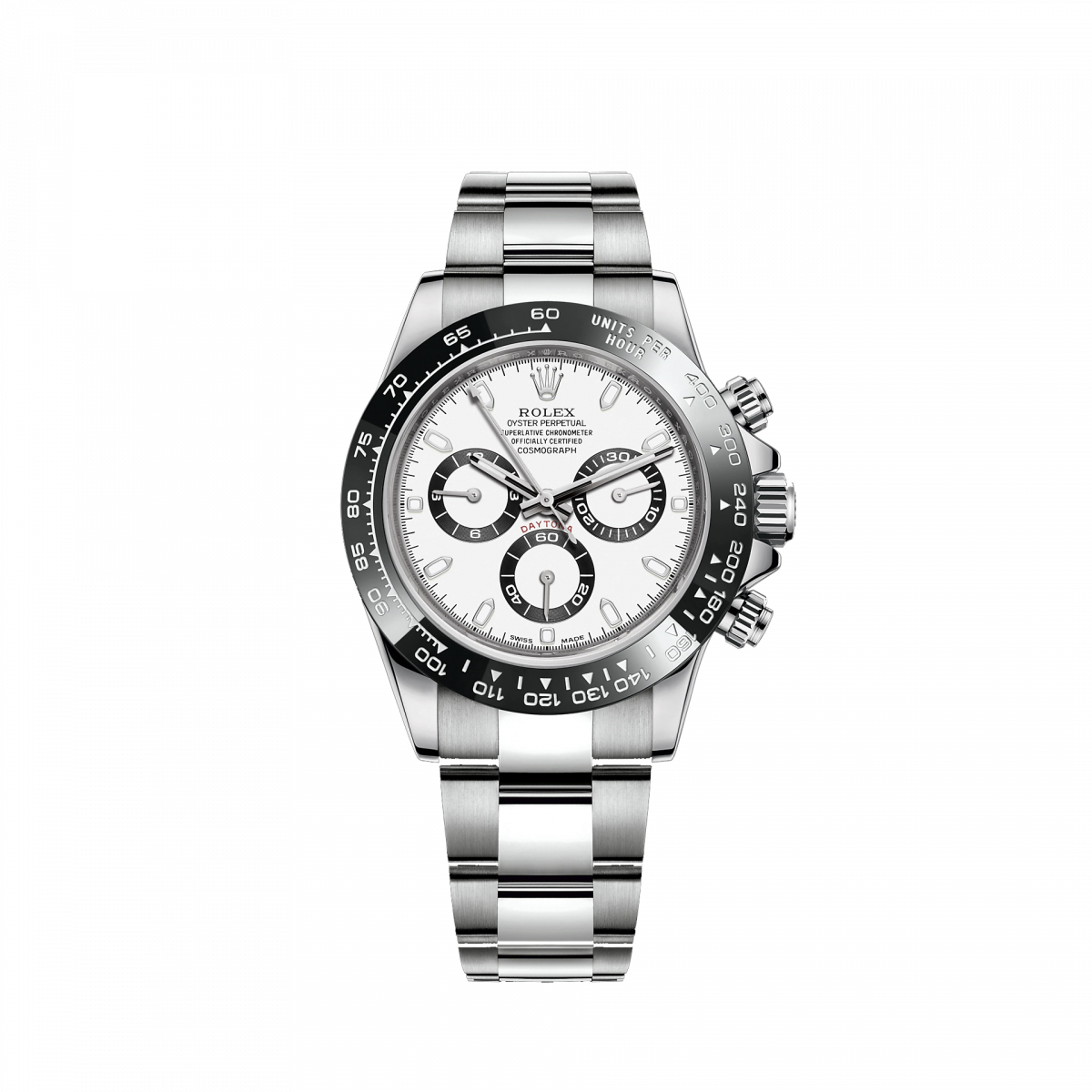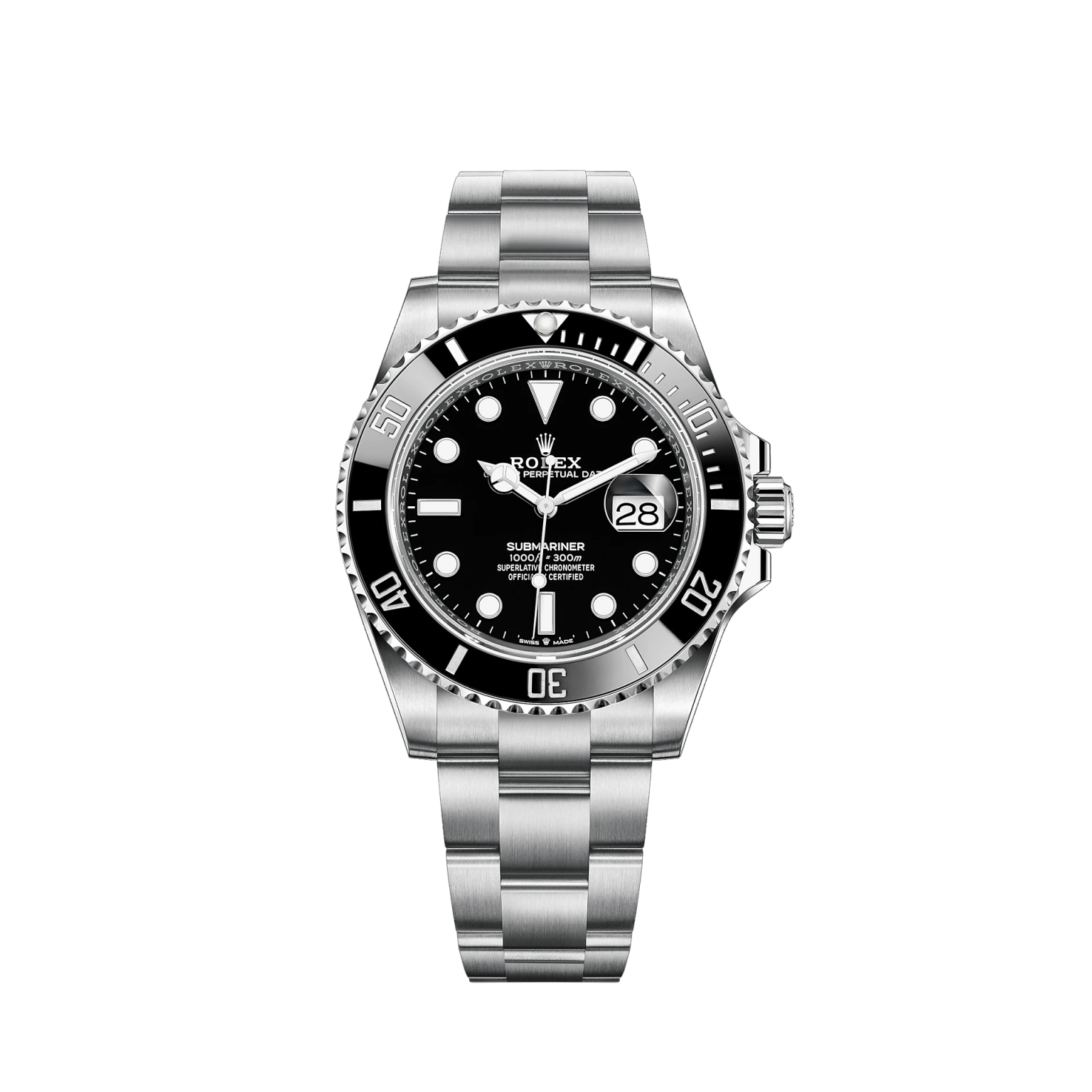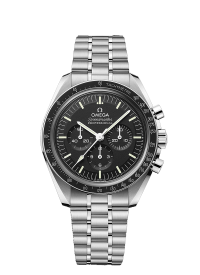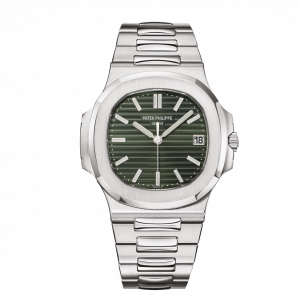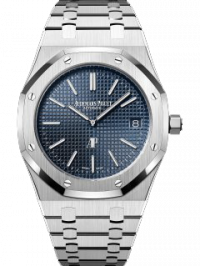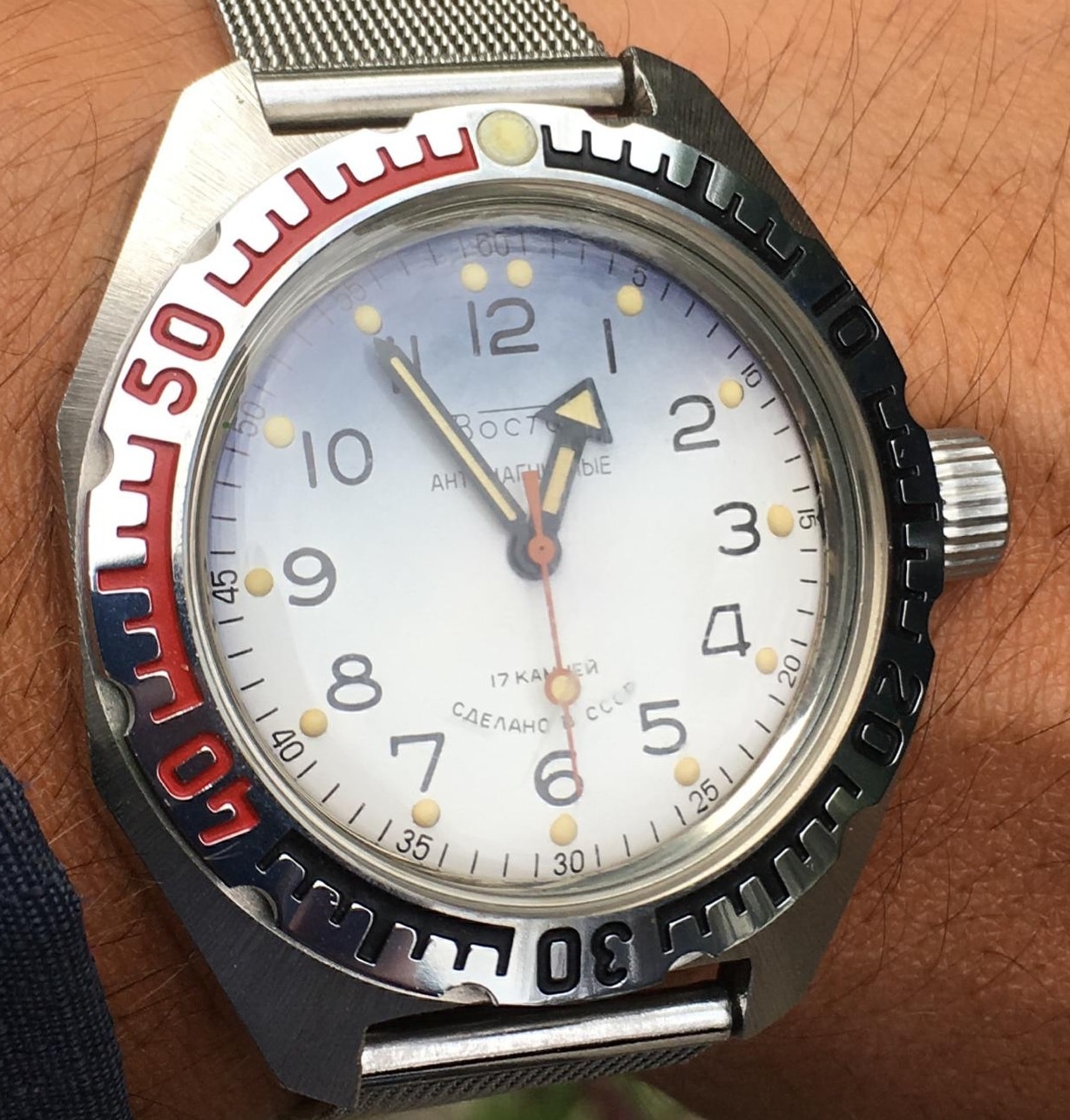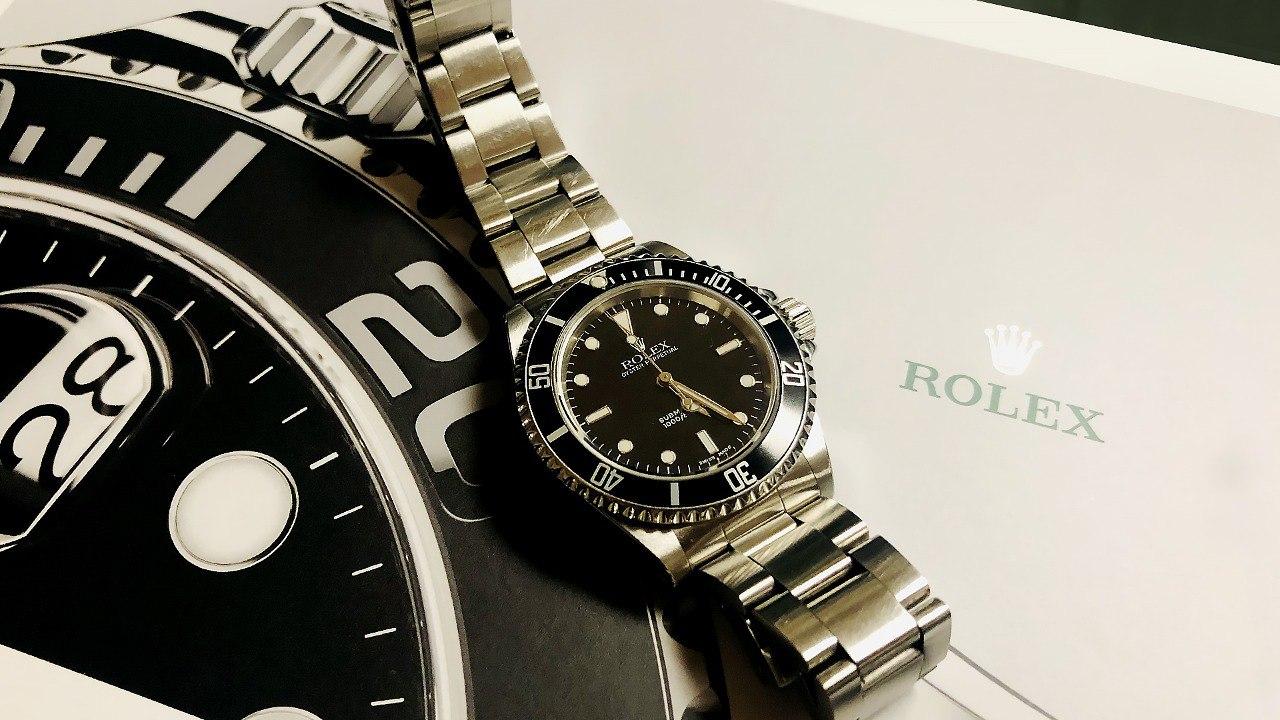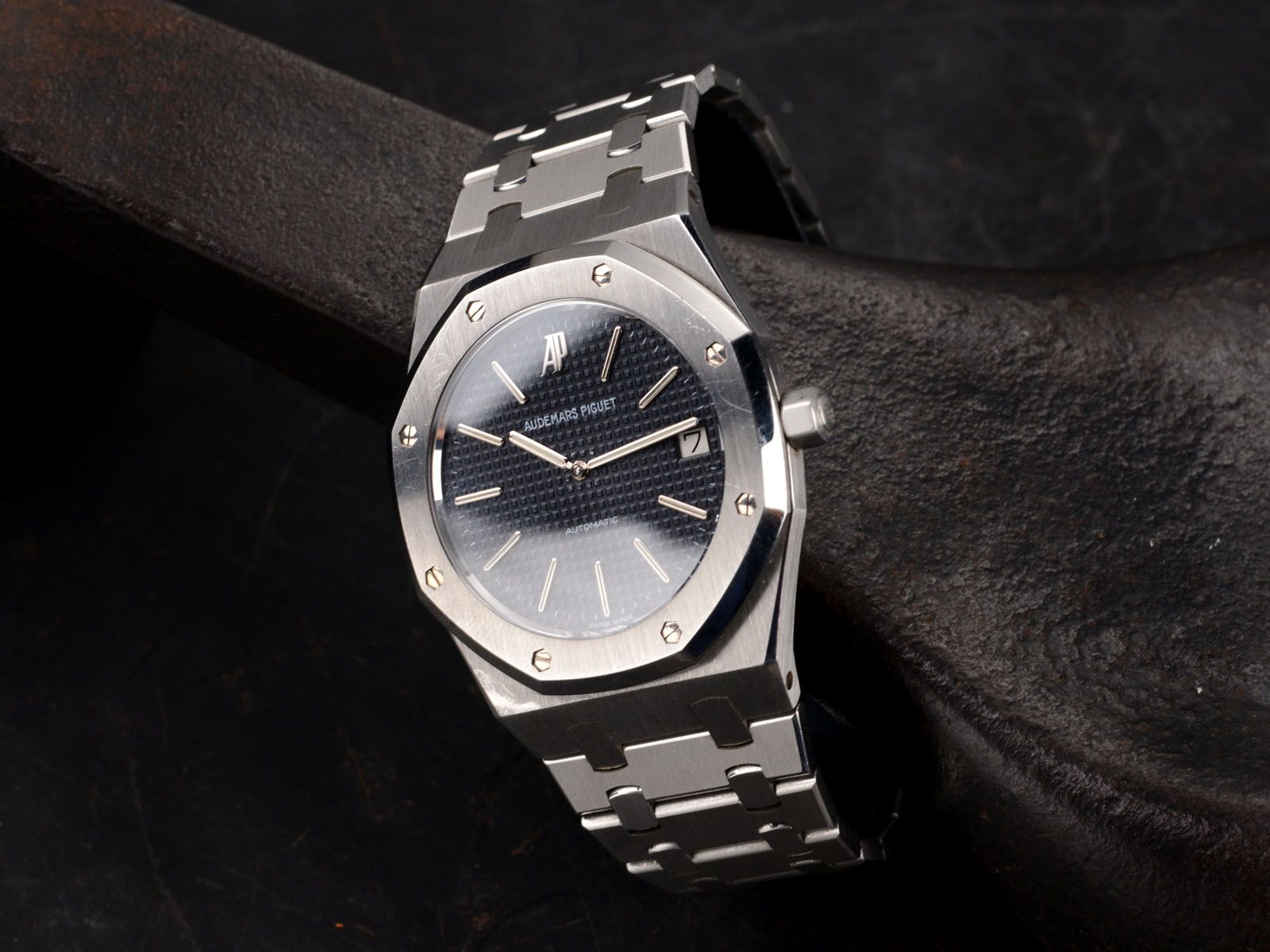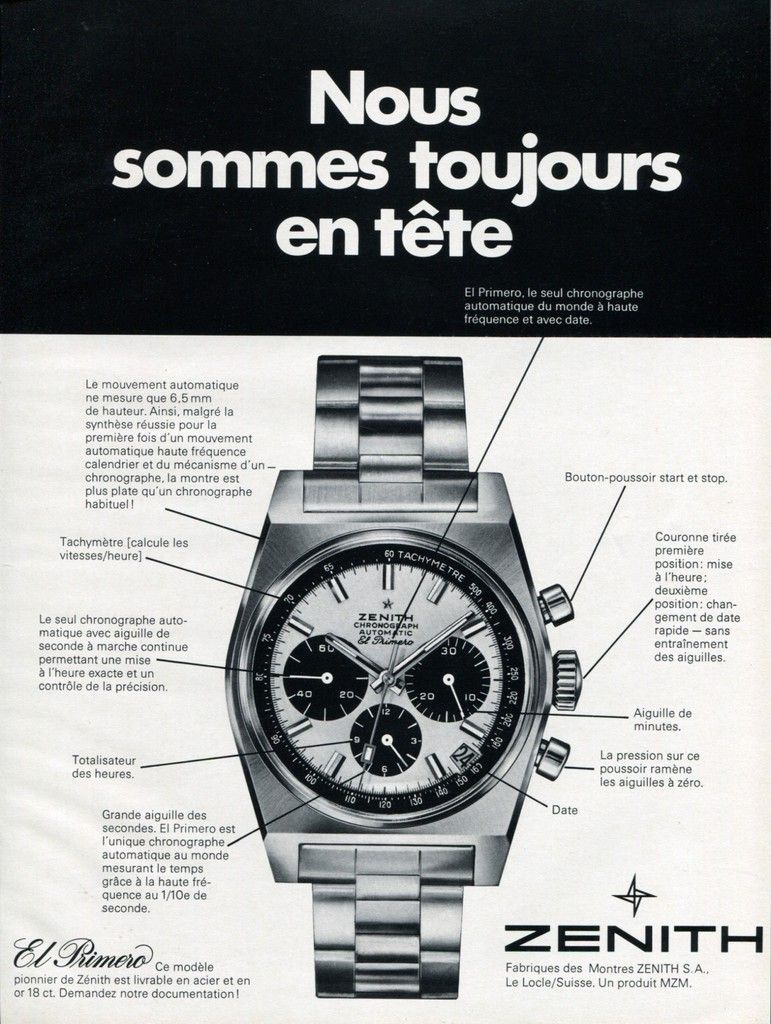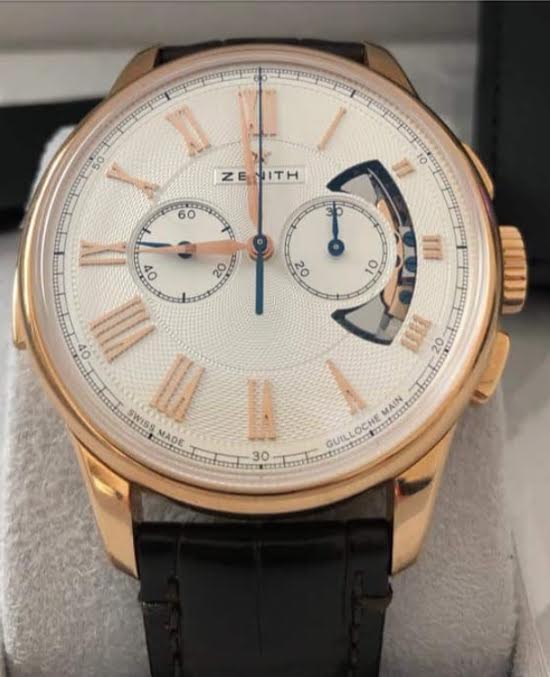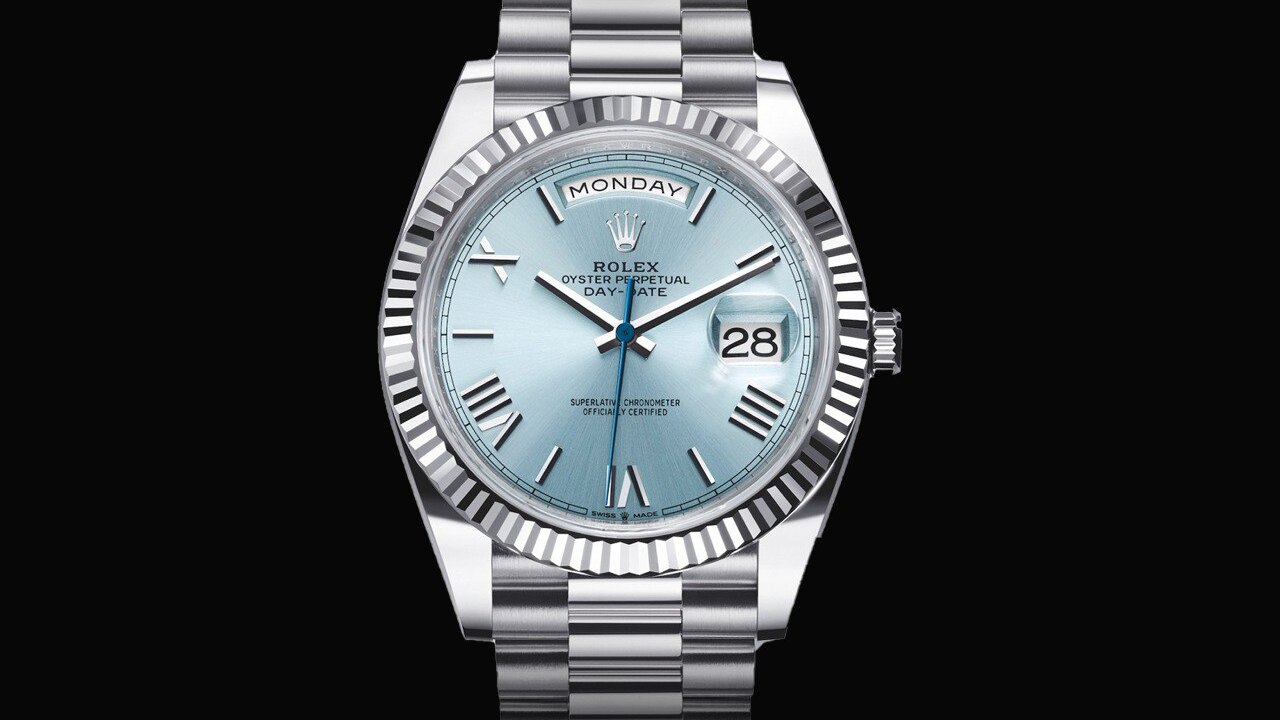Dr. N.
That of the "Field Watch“, the “Da Campo” watches, is a category that is quite successful among contemporary watch enthusiasts. The charm of these watches lies in the fact that they recall, in style, the robust and functional watches supplied to soldiers of numerous nations during the Second World War. The abundance of war production meant that, after returning from the war, the use of these timepieces also spread to the civilian sector. Today, on the wave of the return of taste vintage, these models are rediscovered.
Let's find out more about the phenomenon of Field Watch and how this is interpreted by maison more prestigious.
What is a Field Watch?
As mentioned, a “Field Watch” is a field watch. These are hand-wound watches, robust and easily legible, mass-produced to be supplied to units at the front. The need for soldiers to have reliable timepieces is indisputable in modern warfare. Already in the First World War the first watches were seen on the wrists of officers and soldiers, but they were still little more than pocket watches secured to the forearm via strips of canvas passing through lugs welded to the case. Only with the invention of anti-shock in the XNUMXs, truly practical wristwatches became widespread, capable of being worn on the wrist in any condition.
Il Field Watch real, therefore, was born only with the Second World War. When, at maximum productive effort, it is necessary to equip millions of soldiers with robust, reliable timepieces and economical, the choice of style is inevitable: watches with an average diameter - for the time: from 34 to 36 millimetres-, with well readable dial, often equipped with a 24-hour indication on the inside of the indexes. These watches, equipped with manual winding only, have the seconds hand at six o'clock or in the center as the only complication. Since watchmaking design does not yet exist, a profession that would only be born with Gerald Genta, nor as there are particular aesthetic requirements beyond legibility, all Field Watch they ended up looking alike: after all, the specifications of the procurement tenders issued by Governments were the same for all producers. So much so that it often happened, to speed up production, that the name of the company was not even written on the dial: as we see in the example below.
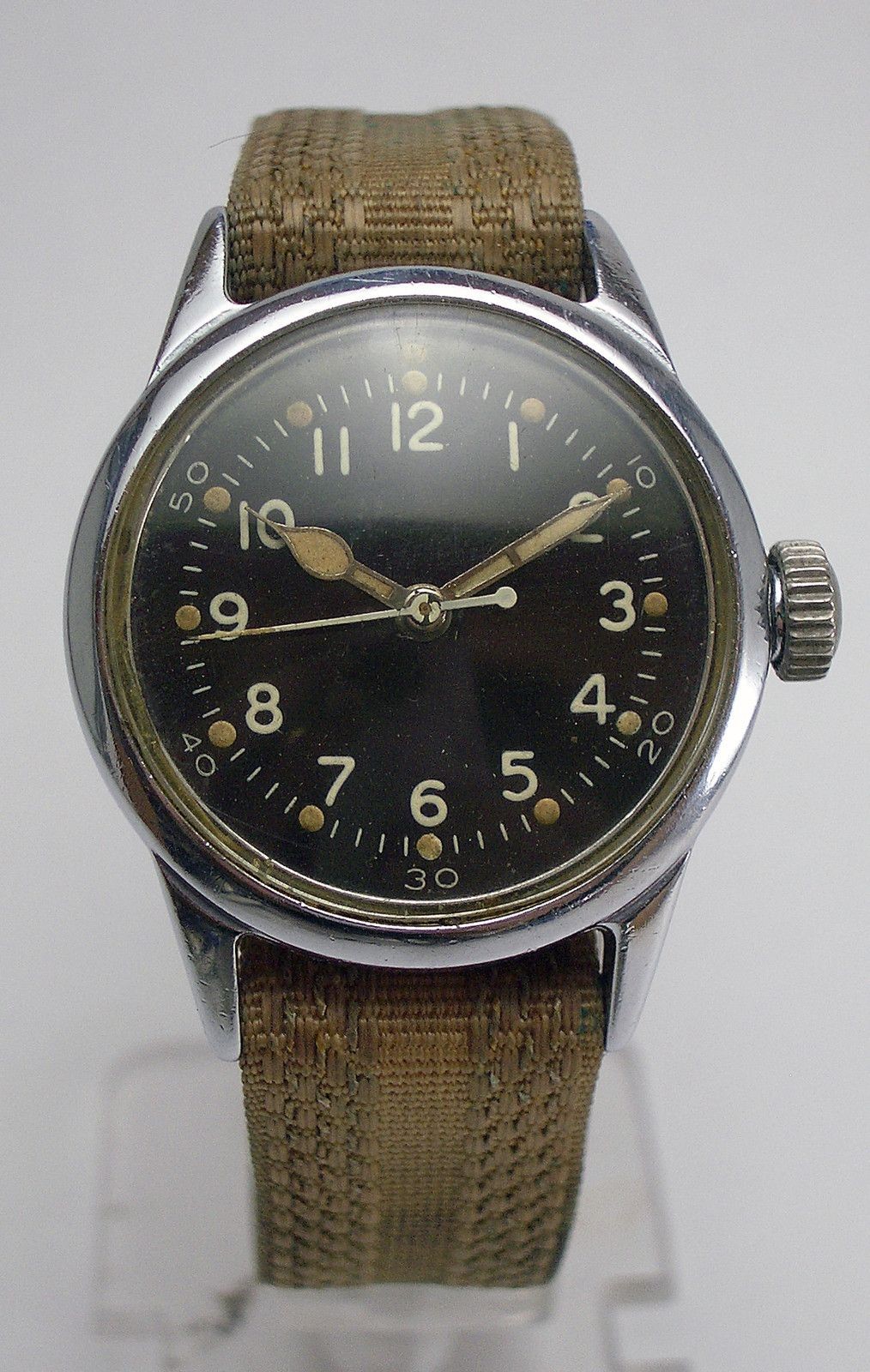
A typical American Field Watch from the Second World War
The production of Field Watch reaches its peak during war periods, as is natural given the type of watch: for the soldiers of the Second World WarDuring the Korean and Vietnam War, millions of small, robust, hand-wound wristwatches were produced. Many of them, due to the tin case and the small number, or even absence, of anti-friction rubies in the movement - choices dictated by the need to contain costs - have not arrived in working order today. But their simple, clean, no-frills style, great readability, the appearance that evokes adventurous undertakings and the ease of combining them with any style with a simple change of strap, have led the Field Watch to a recent flashback.
So let's see which are the most desirable Field Watches on the high-end market today.
The reference: Rolex Explorer I
Il Rolex Explorer I it certainly has all it takes to aspire to the throne of luxury Field Watches. It's a high-quality, expertly crafted watch with an enviable pedigree. The Rolex Explorer I he can in fact boast of having accompanied explorers such as Sir Edmund Hillary in the most extreme undertakings. This watch can well be called authentic Field Watch modern luxury: clearly legible black dial, no date or other complications that distract from consulting the time and, above all, the robustness and reliability expected from a Rolex.
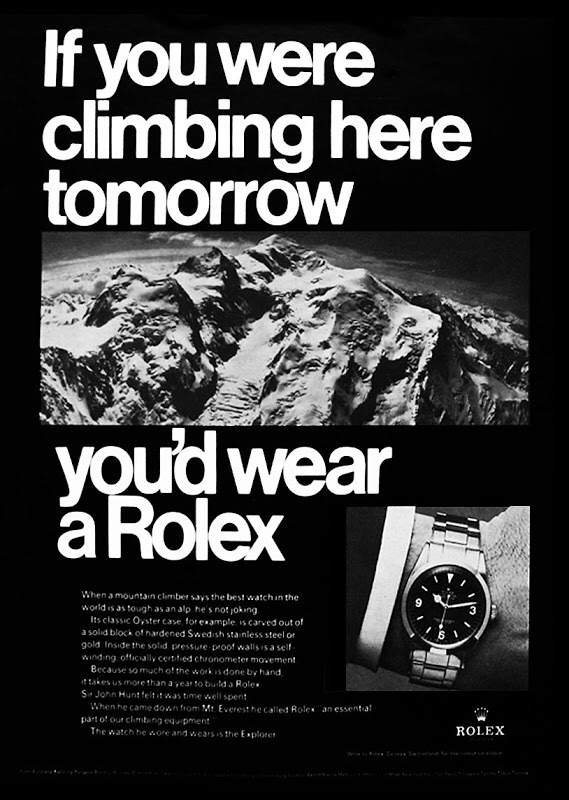
The Antimagnetic: Omega Railmaster
A very valid one Field Watch luxury, often underestimated, is theOmega Railmasters. This watch presents exceptional technical characteristics, boasting the Omega Co-Axial movement and a superior antimagnetic effect compared to its predecessor from 1957, of which however it retains the simple and clean lines. Also in this case, there are no interferences such as a date display or other complications to make the indication of hours, minutes and seconds less visible. The great legibility and robustness are certainly the trump cards of this watch, which in its most recent editions also features a diameter of 38 millimetres, more than suited to a Field Watch modern. A touch of style is given by the bracelet which seems to disappear under the dial and then re-emerge from the other side, almost alluding to the rails that run under a locomotive: it is no coincidence that the Railmaster was originally designed for those who, working with the lines high voltage electrical systems of the railways, required a timepiece impervious to electromagnetic fields.
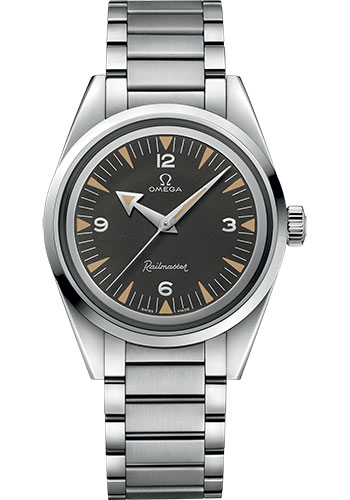
The retro choice: Tudor Black Bay 36 mm
The House of the Rose, as we saw in the article on Tudor Black Bay and in the one on Tudor GMT, gave a strong approach vintage to their most recent watches -if we may use the oxymoron-. The Tudor Black Bay 36mm, in the steel version with black or blue dial, almost perfectly embodies the concept of the Field Watch: the diameter suited to the era we talked about earlier - let's remember that, outside of the aviator context, there were almost no watches of forty millimeters at the time of the Second World War -, the robust appearance, the absence from the dial of any complication that distracts from consulting the time, finally the ease with which this particular watch completely changes appearance with just the change of the strap... The only real conceptual hiatus between this watch and the Field Watch of the past is the presence of an automatic rather than manual movement: a choice, moreover, also undertaken by others Field Watch modern ones that we are examining.
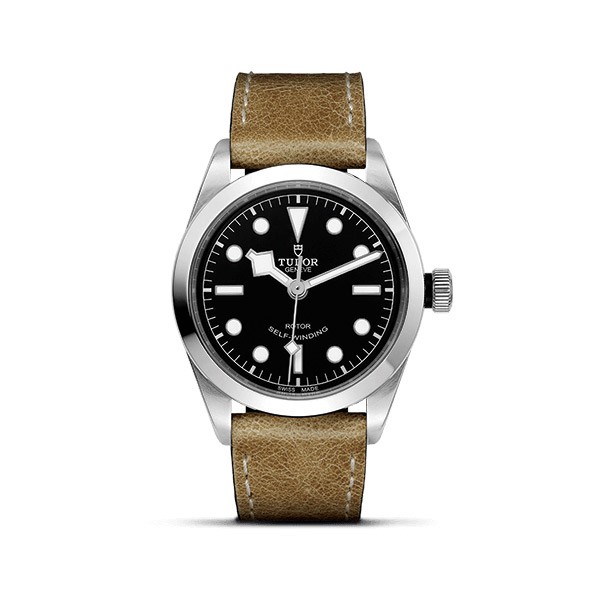
The unconventional choice: Breitling Navitimer 8 Automatic 41 mm
Why include a Breitling Navitimer, whose name evokes marine, certainly not military, exploits in this list? Because, despite its name and dimensions - a generous 41 mm diameter - this watch has several characteristics that unite it with Field Watch. First of all, the remarkable readability, due to a no-frills and well-designed dial. Then, the stick hands, very clean and with an almost military look, as well as the indexes, in Arabic numerals without serif, similarly to what is seen in the Original Field Watches – compare for example with the photo at the beginning of the article -. The date display at six o'clock is also made in the least invasive way possible, contributing to the overall cleanliness of the style of this watch.
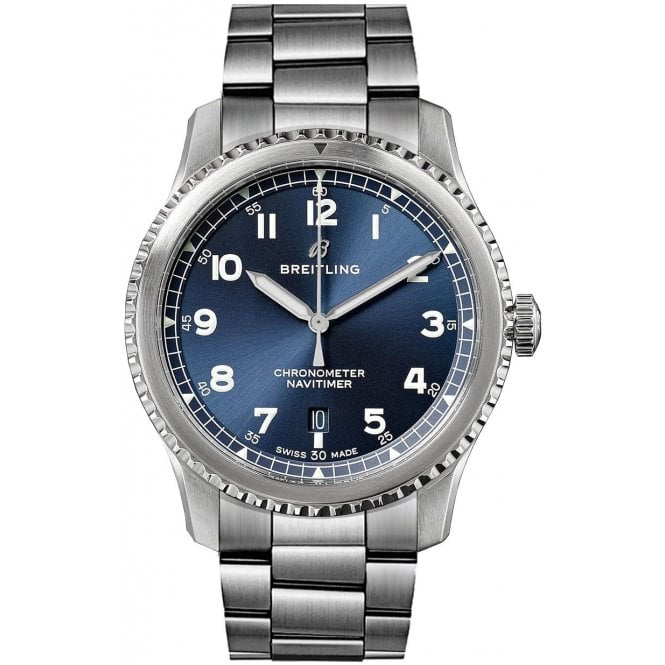
The most faithful to the original: Hamilton Khaki Field
Our roundup ends withHamilton Khaki Field, which already in its name evokes all the stylistic features of reality Field Watch. Hamilton, the manufacturer, supplied watches similar to this to the US military during the Second World War. Khaki indicates both the color of the dial and the typical color of the uniforms of the time – camouflage, an Italian invention, spread internationally later, becoming common use only in Vietnam. “Field”, as we have seen, refers to the watches supplied to the forces employed “on the battlefield”.
This watch, among all, is the one that is best kept faithful to the Field Watch concept: the diameter of 38 millimeters, the movement mechanical with manual winding, the absence of complications such as the date, the 24 hour scale concentric - a typical request of military environments, which use 24 and not 12 hours for clarity in radio communications -, the satin-finished case that recalls the workmanship of times gone by, in short, everything makes this watch the most faithful modern interpretation of the Field Watch. Perhaps the only concession to modernity is the sapphire crystal instead of plexiglass: however, it has the undeniable advantage of not being scratched...
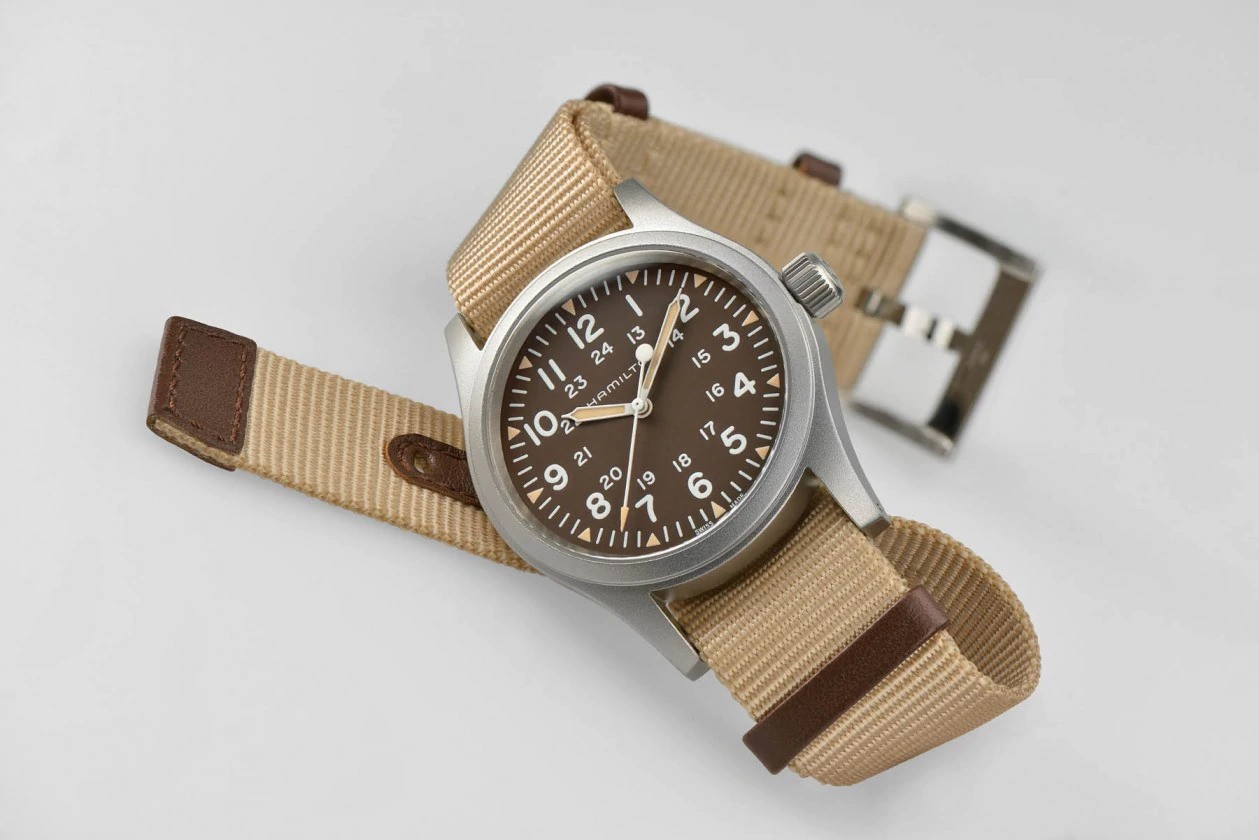
So which is the right Field Watch for me?
If you like it military style, if you want a simple, immediately legible watch, if you want to wear something on your wrist that refers to an important story, the Field Watch It's definitely right for you. In summer, then, the Field Watch becomes even more appreciated, thanks to its adaptability to the most varied styles with the simple change of strap. The models presented here are just some of those that the market offers: if we have forgotten any, let us know in the comments!


